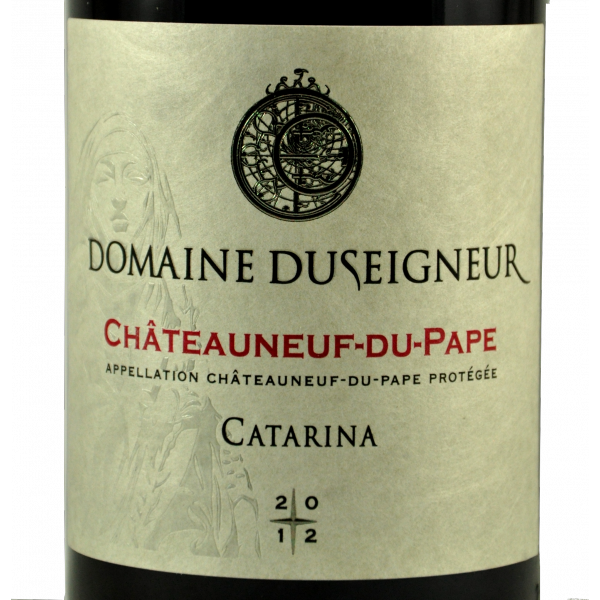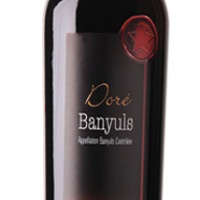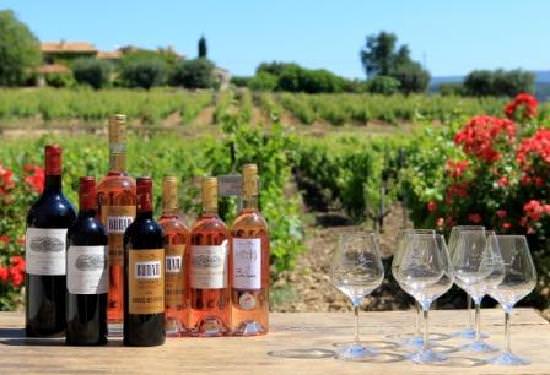I receive a number of invitations to wine dinners throughout the year and the November-February months seem to be a high season for these events. There are a number of reasons why I do not accept most of the invites, which I will detail in a story later this month.
Putting that aside, I did attend a very good presentation of organic French wines co-sponsored by the Bangkok Wine Club and the distributor GFour at the Hansar Hotel in Ratchadamri. The event scored on all three levels: very good wines, an excellent “grazing” concept for the 6-course dinner and a moderate price tag.
First, I’ll explain the difference between regular or traditional wines, organic and biodynamic wines. Wines that most of us drink are governed by the laws of the individual countries in which the wines are produced. The laws cover the sprays that can be used in a vineyard as well as the chemicals and additives that can be used in the production of the wines. Reports are maintained at the winery and can be inspected during the annual visit to the winery by government inspectors.
Organic wines are different. In the European Union there are no regulations covering the production and labeling of organic wines. However, in Australia and the United States there are. In the latter countries there is a distinction made between organically grown grapes in which sulfur dioxide (SO2) has been added and organic wines where no SO2 has been added. The volume of organic wines is quite low in the United States as most wineries fear the possibility of bacterial infection once the wine is bottled.
Biodynamic wines are an extreme example of organic grape growing and are based on the theories of the late Rudolf Steiner, an Austrian philosopher. The technique uses horn manure, horn silica and organic fertilizer, a specially prepared compost.
The problem that I see with biodynamic is that those wineries that have adopted this technique are already producing high-priced wines of excellent quality. It seems “biodynamic” could just be another selling or talking point.
Returning to the splendid tasting at the Hansar Hotel here were the wines: Lombard & Cie Brut Champagne; Bandol white and Bandol rosé, both 2013 by Domaine Bunan; Côtes du Rhône “La Chapelle” 2013 and “Catarina” Châteauneuf du Pape 2012 by Domaine Duseigneur closing with dessert, “Doré” Banyuls NV by Cave L’Étoile. Banyuls is a district in Rousillon producing sweet wines.
Bandol is in southern France in Provence and wines from this region are seldom seen in Bangkok. My first impression of the white and rosé wines was the fine bouquets and freshness of the wines. The white must contain at least 40 percent Sauvignon Blanc.
Moving north, Côtes du Rhône and Châteauneuf du Pape wines are among my favorites, having spent some time in those appellations and both showed what the French call typicité meaning the wines were typical for the region. The Châteauneuf was 80 percent Grenache, backed up by Syrah and Mourvèdre. It accompanied an excellent lamb dish with morel mushrooms.
Knowing about wine is a learning experience and there should be more of these evenings in Bangkok.
[Article by David Swartzentruber]



 0
0